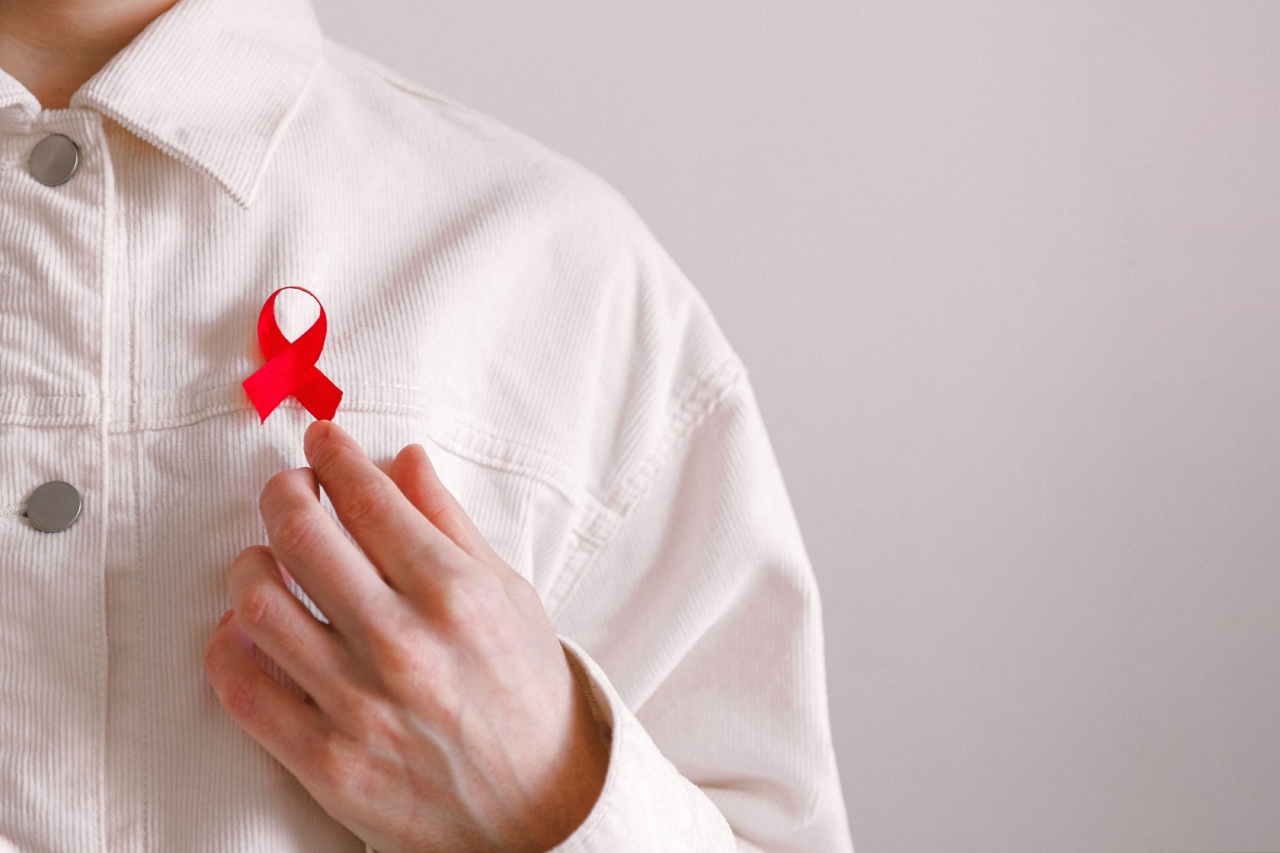World AIDS Day, observed on December 1st each year, is an opportunity for people worldwide to unite in the fight against HIV, show support for those living with the virus, and commemorate those who have lost their lives to AIDS-related illnesses.
This global solidarity is crucial in raising awareness, reducing stigma, and pushing for action to end the AIDS epidemic.
The Importance of World AIDS Day
World AIDS Day serves as a reminder that HIV and AIDS are still significant public health issues that impact millions of people around the world.
Despite significant progress in prevention and treatment, there is still much work to be done to achieve the goal of ending AIDS as a public health threat by 2030, as outlined in the UN Sustainable Development Goals.
This annual event provides an opportunity for governments, organizations, and individuals to reflect on the impact of HIV and AIDS, promote education and understanding, and support those affected by the virus.
It serves as a call to action, urging increased funding, advocacy, and research to accelerate progress towards ending the epidemic.
The Theme for World AIDS Day 2019: “Communities Make the Difference”
Each year, World AIDS Day has a specific theme to highlight different aspects of the global response to HIV and AIDS.
The theme for 2019 is “Communities Make the Difference,” recognizing the essential role that communities play in the response to HIV.
Communities, including but not limited to peer support groups, networks of people living with HIV, community health workers, civil society organizations, and activists, have been at the forefront of the fight against HIV since the beginning of the epidemic. They have played a vital role in advocating for the rights of people living with HIV, providing support, and delivering HIV prevention and treatment services.
Empowering Communities with Knowledge and Resources
One of the key ways to empower communities in the fight against HIV is by providing them with knowledge and resources.
Education and awareness campaigns are crucial in dispelling myths, reducing stigma, and promoting HIV testing as a routine part of healthcare.
Access to accurate information about HIV prevention, treatment, and support services is essential for communities to protect themselves and others, as well as to ensure that those living with HIV can lead healthy and fulfilling lives.
Efforts to provide comprehensive sex education in schools, promote condom use, and encourage regular HIV testing contribute significantly to preventing new infections and improving the overall health and well-being of communities.
Supporting People Living with HIV
Communities have a vital role to play in supporting and advocating for the rights of people living with HIV. Many individuals face discrimination, stigma, and social exclusion due to their HIV status.
This not only affects their mental and emotional well-being but also hinders their access to healthcare, treatment, and support services.
Community-based organizations and support groups provide a safe space for individuals living with HIV to share their experiences, seek advice, and receive emotional support.
They also advocate for policies and programs that protect the rights of people living with HIV and provide them with appropriate healthcare, employment opportunities, and social protections.
Engaging Youth in the Response to HIV
Engaging young people is crucial in the fight against HIV. Young people are disproportionately affected by HIV, with over one-third of new HIV infections occurring among individuals aged 15 to 24.
Ensuring that young people have the knowledge, skills, and resources to protect themselves from HIV is essential in curbing the spread of the virus.
Communities can play a critical role in reaching out to young people, providing comprehensive sex education, and creating safe spaces for open discussions about sexual health and HIV prevention.
Youth-led organizations and peer education programs empower young people to become advocates for HIV prevention in their communities and challenge the social norms that perpetuate risky behaviors.
Building Stronger Health Systems
Communities also contribute to building stronger health systems that can effectively prevent, diagnose, and treat HIV.
Community health workers, who are often members of the communities they serve, play a vital role in delivering HIV testing, counseling, and treatment services in hard-to-reach areas.
By working closely with healthcare providers, communities can help identify gaps in services, advocate for increased investment in HIV prevention and treatment, and ensure that the needs of key populations, such as men who have sex with men, sex workers, and people who inject drugs, are adequately addressed.
Ending Stigma and Discrimination
Stigma and discrimination remain significant barriers to HIV prevention, testing, and treatment. Many communities still hold misconceptions about HIV, leading to fear, ignorance, and prejudice towards those living with HIV.
Community-based initiatives, such as storytelling, theater performances, and media campaigns, can challenge negative attitudes and promote empathy and understanding.
By sharing personal stories and experiences, individuals living with HIV and their allies can humanize the virus and break down the stigma surrounding it.
Looking Ahead: The Road to Ending AIDS
World AIDS Day is an occasion to celebrate the progress made in the fight against HIV, but it is also a reminder that the journey is far from over.
Key challenges, such as lack of access to healthcare, ongoing stigma, and the marginalization of key populations, still need to be addressed.
However, by promoting solidarity, increasing awareness, and empowering communities, we can continue to make significant strides towards ending AIDS as a global health threat.
Together, we can ensure that every person, regardless of their HIV status or background, has access to the prevention, treatment, and support services they need.































